If you've noticed a leak or clog in your kitchen sink, it may be time to change the plumbing. This may seem like a daunting task, but with the right tools and knowledge, you can easily replace your kitchen sink plumbing on your own. Here's a step-by-step guide on how to change your kitchen sink plumbing and save yourself from calling a plumber.How to Change Kitchen Sink Plumbing
Changing your kitchen sink plumbing can seem intimidating, but it's a relatively simple DIY project that can save you time and money. By following these steps, you can easily replace your kitchen sink plumbing without the help of a professional.DIY Kitchen Sink Plumbing Replacement
Step 1: Turn off the water supply - Before you start changing the plumbing, make sure to turn off the water supply to your kitchen sink. You can do this by locating the shut-off valves under the sink and turning them clockwise. Step 2: Disconnect the water supply lines - Using a wrench, loosen the nuts that connect the water supply lines to the faucet. Once they're loose, you can remove the lines and set them aside. Step 3: Remove the drain pipes - Under your kitchen sink, you'll find the drain pipes attached to the strainer and the P-trap. Use pliers to loosen the nuts and remove the pipes. Step 4: Remove the old strainer - Using a screwdriver, remove the old strainer by unscrewing the mounting nut that holds it in place. Make sure to clean the area before installing the new strainer. Step 5: Install the new strainer - Place the new strainer in the sink and secure it with the mounting nut. Make sure it's tight enough to prevent any leaks. Step 6: Install the new drain pipes - Attach the new P-trap and drain pipes to the strainer and tighten the nuts with pliers. Step 7: Reconnect the water supply lines - Attach the water supply lines to the faucet and tighten the nuts with a wrench. Step 8: Turn on the water supply - Once everything is securely in place, turn on the water supply and check for any leaks.Step-by-Step Guide for Changing Kitchen Sink Plumbing
- Wrench - Screwdriver - Pliers - New strainer - New drain pipes - Plumbers puttyTools and Materials Needed for Changing Kitchen Sink Plumbing
While changing your kitchen sink plumbing is a relatively straightforward process, there are some common problems that you may encounter: - Leaks: If you notice any leaks after installing the new plumbing, tighten the nuts and joints to prevent any further leakage. - Clogs: If your drain pipes get clogged with debris, you can use a drain snake or a plunger to clear it out. - Improper fit: Make sure to measure and purchase the correct size of the strainer and drain pipes to ensure a proper fit.Common Problems When Changing Kitchen Sink Plumbing
- Take your time and carefully follow the steps to avoid any mistakes. - Make sure to turn off the water supply before starting the project. - Have all the necessary tools and materials ready before you begin. - Double-check for any leaks before considering the project complete.Tips for a Successful Kitchen Sink Plumbing Replacement
The cost of changing your kitchen sink plumbing can vary depending on the materials you choose and if you hire a professional. On average, the cost can range from $100 to $500.Costs of Changing Kitchen Sink Plumbing
Hiring a professional plumber can save you time and ensure that the job is done correctly. However, if you have the necessary tools and skills, you can save money by doing it yourself.Professional vs. DIY Kitchen Sink Plumbing Replacement
If you encounter any issues after changing your kitchen sink plumbing, here are some troubleshooting tips: - Leaks: Tighten any loose nuts and joints that may be causing the leak. - Low water pressure: This could be caused by a clog in the pipes. Use a plunger or drain snake to clear it out. - Foul odor: This could be due to a clogged P-trap. Remove and clean the P-trap to eliminate any smells.How to Troubleshoot Issues After Changing Kitchen Sink Plumbing
Replacing your kitchen sink plumbing properly is crucial to prevent any future leaks or clogs. It also ensures the proper functioning of your kitchen sink and prevents any potential damage to your home.Importance of Properly Changing Kitchen Sink Plumbing
Why Changing Kitchen Sink Plumbing is Essential for a Functional and Modern Kitchen
/how-to-install-a-sink-drain-2718789-hero-24e898006ed94c9593a2a268b57989a3.jpg)
The Importance of Plumbing in Kitchen Design
 When it comes to designing a kitchen, plumbing is often overlooked but plays a crucial role in the functionality and overall aesthetic of the space. The kitchen sink is one of the most used fixtures in any home, and its plumbing is responsible for delivering clean water and removing wastewater. Over time, wear and tear can cause issues with the plumbing, leading to leaks, clogs, and even contamination. That's why it's important to regularly maintain and upgrade your kitchen sink plumbing to ensure a well-functioning and modern kitchen.
When it comes to designing a kitchen, plumbing is often overlooked but plays a crucial role in the functionality and overall aesthetic of the space. The kitchen sink is one of the most used fixtures in any home, and its plumbing is responsible for delivering clean water and removing wastewater. Over time, wear and tear can cause issues with the plumbing, leading to leaks, clogs, and even contamination. That's why it's important to regularly maintain and upgrade your kitchen sink plumbing to ensure a well-functioning and modern kitchen.
Signs that Your Kitchen Sink Plumbing Needs to be Changed
 There are several signs that may indicate it's time to change your kitchen sink plumbing. If you notice a foul odor coming from your sink, slow drainage, or water discoloration, these could be signs of clogs or leaks in the plumbing. Additionally, if your kitchen sink is outdated and doesn't match the rest of your kitchen design, changing the plumbing can help give your space a more cohesive and modern look.
There are several signs that may indicate it's time to change your kitchen sink plumbing. If you notice a foul odor coming from your sink, slow drainage, or water discoloration, these could be signs of clogs or leaks in the plumbing. Additionally, if your kitchen sink is outdated and doesn't match the rest of your kitchen design, changing the plumbing can help give your space a more cohesive and modern look.
The Benefits of Upgrading Your Kitchen Sink Plumbing
 Upgrading your kitchen sink plumbing has numerous benefits, including improved functionality, increased efficiency, and enhanced aesthetics. By replacing old and worn out pipes, you can prevent leaks, reduce the risk of water damage, and ensure a steady flow of clean water. Upgrading to modern fixtures can also save you money on water bills and add value to your home. Moreover, changing your kitchen sink plumbing can give you the opportunity to incorporate eco-friendly features such as low-flow faucets and water-saving devices, contributing to a more sustainable home.
Upgrading your kitchen sink plumbing has numerous benefits, including improved functionality, increased efficiency, and enhanced aesthetics. By replacing old and worn out pipes, you can prevent leaks, reduce the risk of water damage, and ensure a steady flow of clean water. Upgrading to modern fixtures can also save you money on water bills and add value to your home. Moreover, changing your kitchen sink plumbing can give you the opportunity to incorporate eco-friendly features such as low-flow faucets and water-saving devices, contributing to a more sustainable home.
The Process of Changing Kitchen Sink Plumbing
 Changing kitchen sink plumbing may seem like a daunting task, but it's a necessary and straightforward process. It involves removing the old pipes, installing new ones, and connecting them to the sink and water supply. This process can be done by a professional plumber or as a DIY project, depending on your level of expertise and comfort. However, it's always recommended to seek the help of a professional to ensure the job is done correctly and to avoid any potential issues in the future.
Changing kitchen sink plumbing may seem like a daunting task, but it's a necessary and straightforward process. It involves removing the old pipes, installing new ones, and connecting them to the sink and water supply. This process can be done by a professional plumber or as a DIY project, depending on your level of expertise and comfort. However, it's always recommended to seek the help of a professional to ensure the job is done correctly and to avoid any potential issues in the future.
In Conclusion
 In conclusion, changing kitchen sink plumbing is an essential aspect of maintaining a functional and modern kitchen. It not only ensures the proper functioning of your sink but also adds value and improves the overall design of your space. By being aware of the signs that your plumbing needs to be changed and regularly maintaining it, you can avoid costly repairs and enjoy a well-designed and efficient kitchen for years to come. So don't overlook the importance of plumbing in your kitchen and consider upgrading your kitchen sink plumbing for a better and more enjoyable cooking experience.
In conclusion, changing kitchen sink plumbing is an essential aspect of maintaining a functional and modern kitchen. It not only ensures the proper functioning of your sink but also adds value and improves the overall design of your space. By being aware of the signs that your plumbing needs to be changed and regularly maintaining it, you can avoid costly repairs and enjoy a well-designed and efficient kitchen for years to come. So don't overlook the importance of plumbing in your kitchen and consider upgrading your kitchen sink plumbing for a better and more enjoyable cooking experience.




















:no_upscale()/cdn.vox-cdn.com/uploads/chorus_asset/file/19495086/drain_0.jpg)




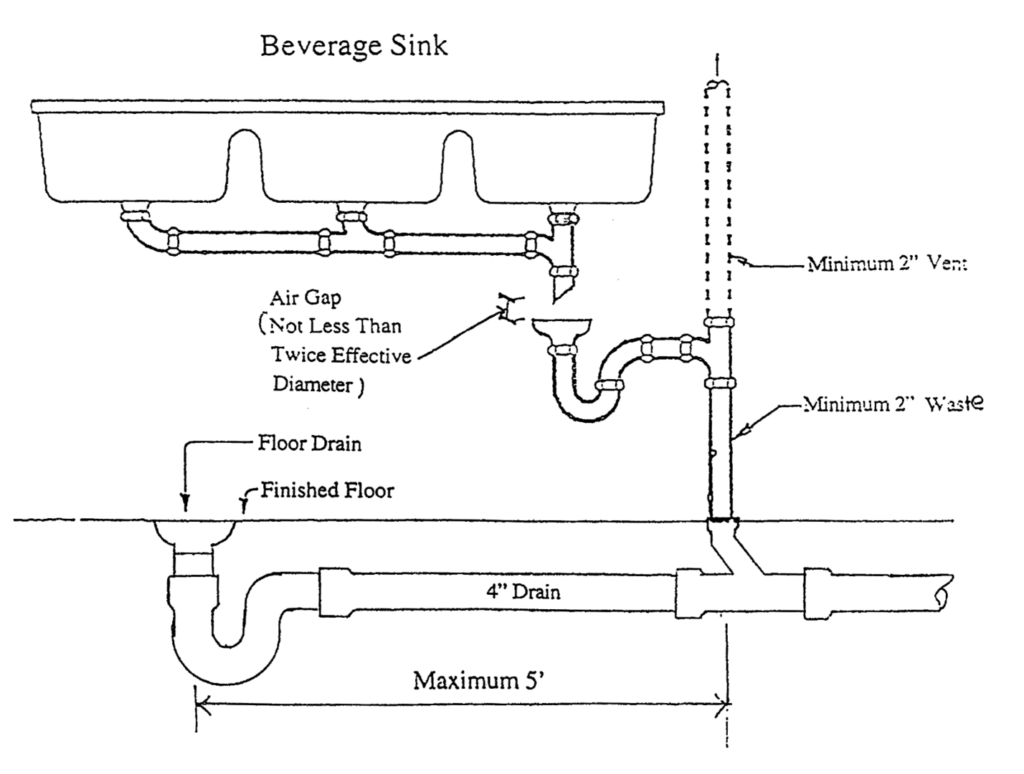
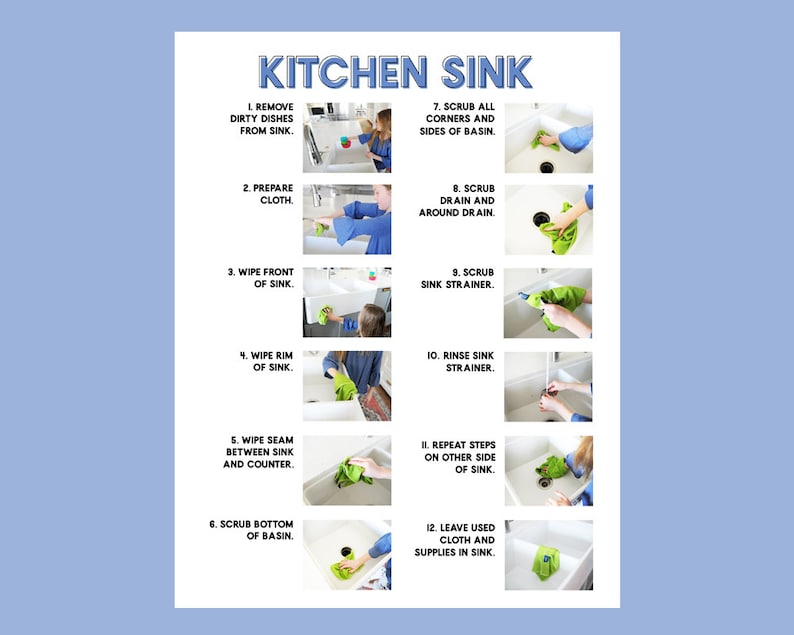


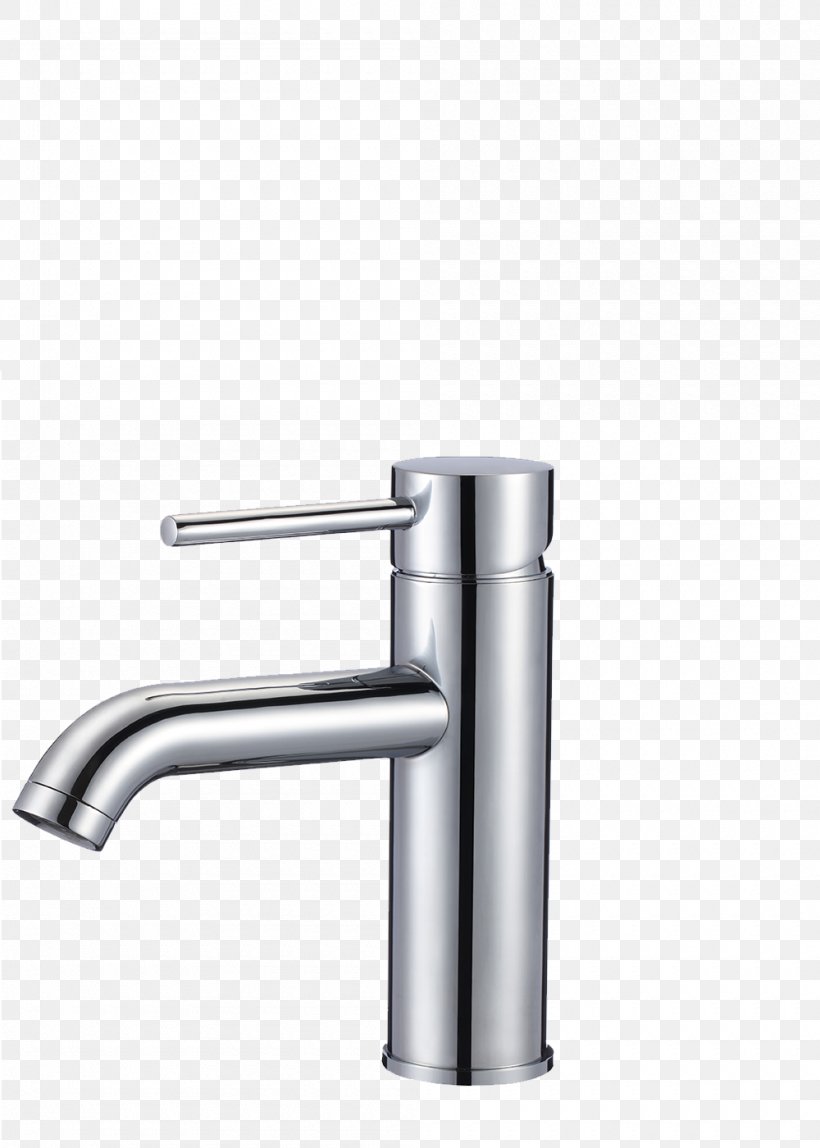







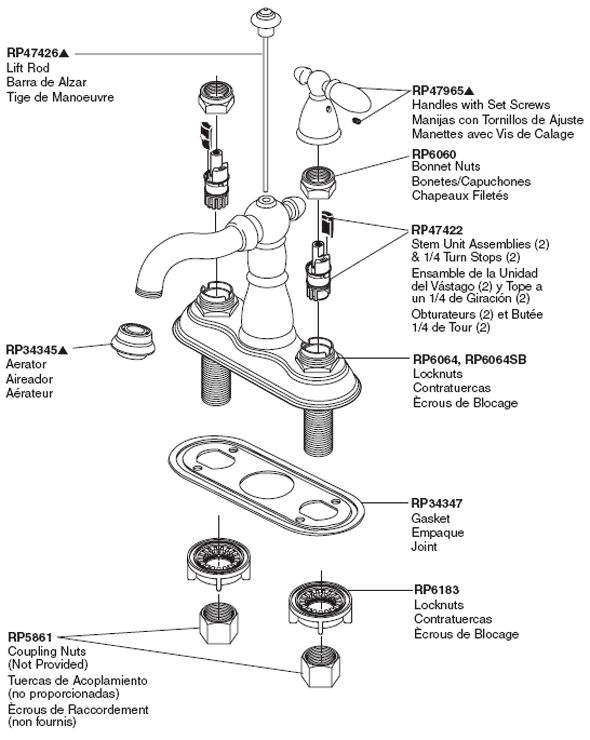

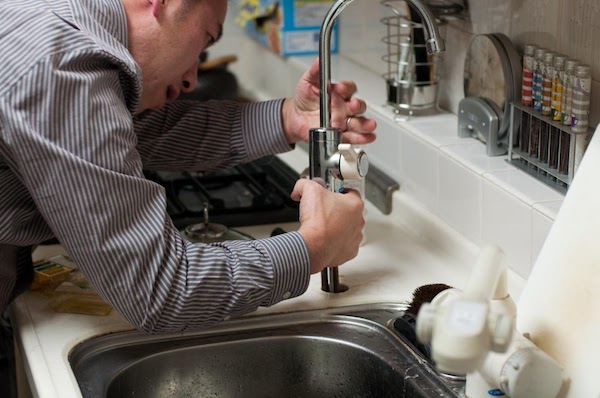

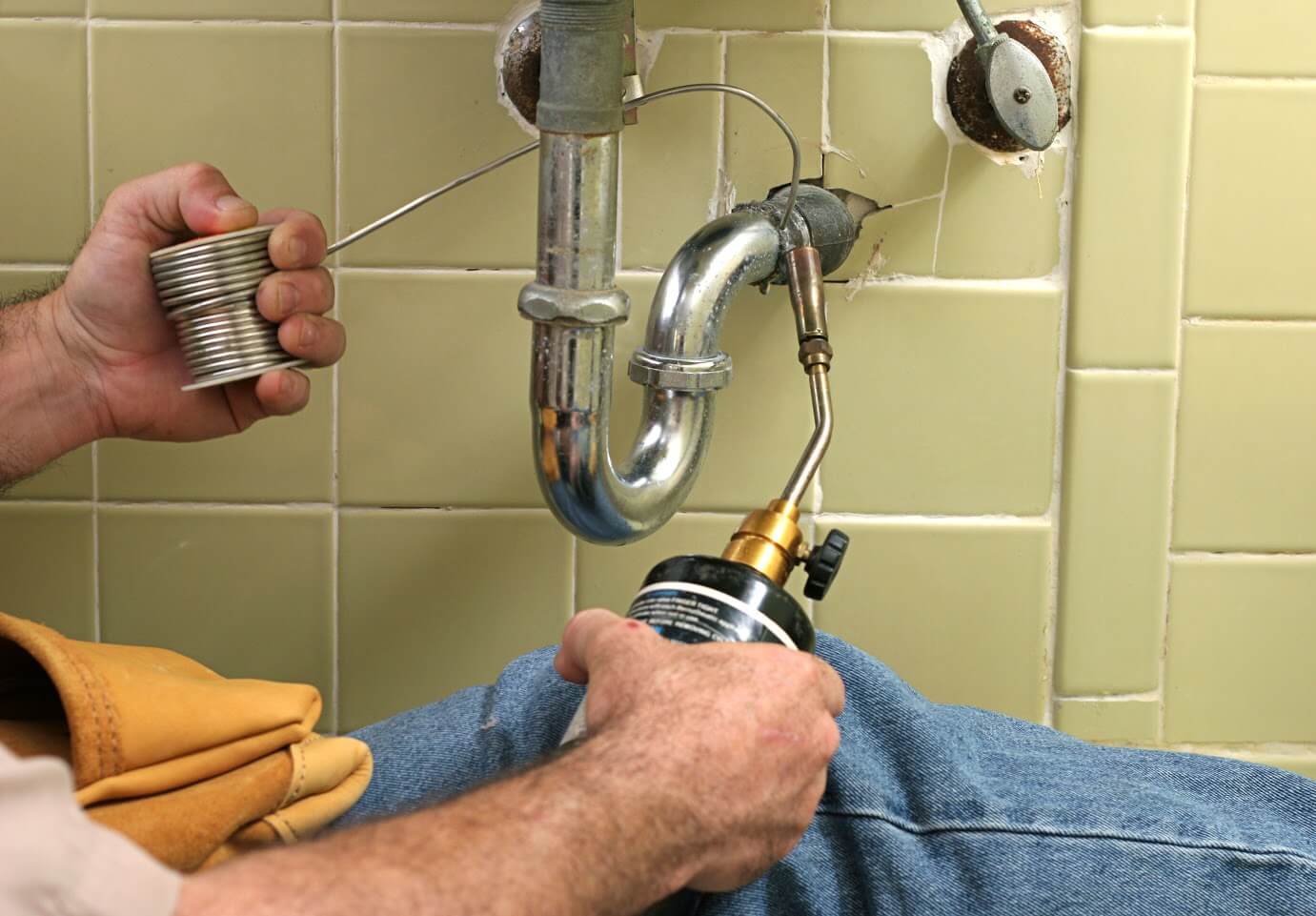
























:max_bytes(150000):strip_icc()/how-to-install-a-sink-drain-2718789-hero-24e898006ed94c9593a2a268b57989a3.jpg)








